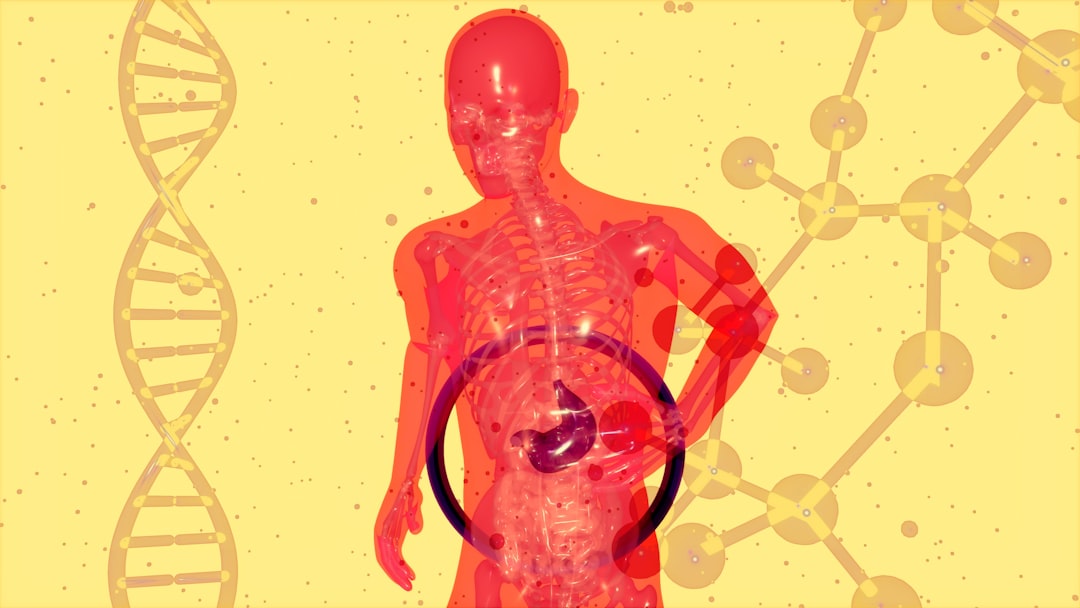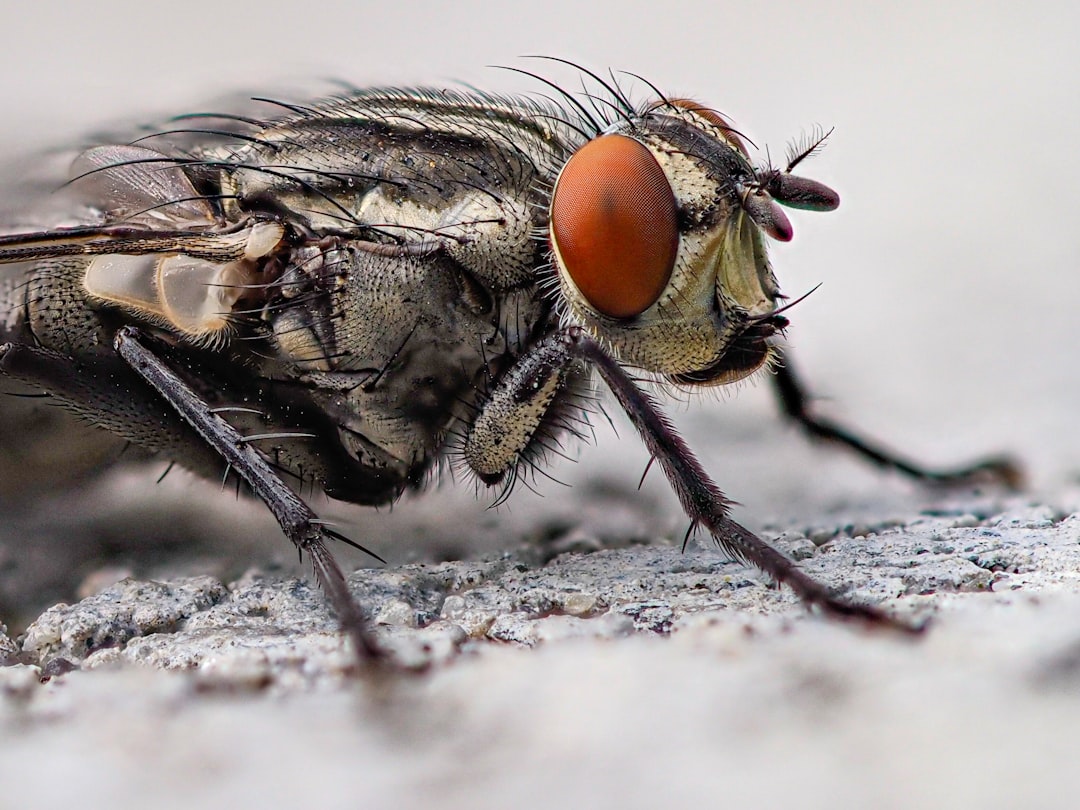What is it about?
Nitrogen is a critical element for all life and an important fertilizer for plants. But nitrogen can enter the environment from agricultural land, sewage treatment, and fossil fuel combustion and have harmful effects for people and ecosystems. In other words, there can be too much of a good thing. In this study we quantify the sources of nitrogen leakage to the environment for the US and estimate the damage costs of the harmful effects.
Featured Image
Why is it important?
The estimated damages of nitrogen leakage to human health and ecosystems is $81-441 billion per year. The largest damages were: "untended fertilization" of lakes and coastal areas and human respiratory problems resulting from atmospheric nitrogen forms. While there are gaps and uncertainties in the estimate, it is a starting point to inform stakeholders on the costs of nitrogen leakage.
Perspectives
This study is important because it is the first attempt to quantify the damage costs of nitrogen for the US. Like most forms of pollution, the harmful effects are not included in the costs of food and energy that are associated with nitrogen use. We learned that more work is needed to understand costs for effects such as harmful algal blooms and contaminated drinking water.
Dr Michelle L McCrackin
Stockholm University
Read the Original
This page is a summary of: Cost of reactive nitrogen release from human activities to the environment in the United States, Environmental Research Letters, February 2015, Institute of Physics Publishing,
DOI: 10.1088/1748-9326/10/2/025006.
You can read the full text:
Contributors
The following have contributed to this page










